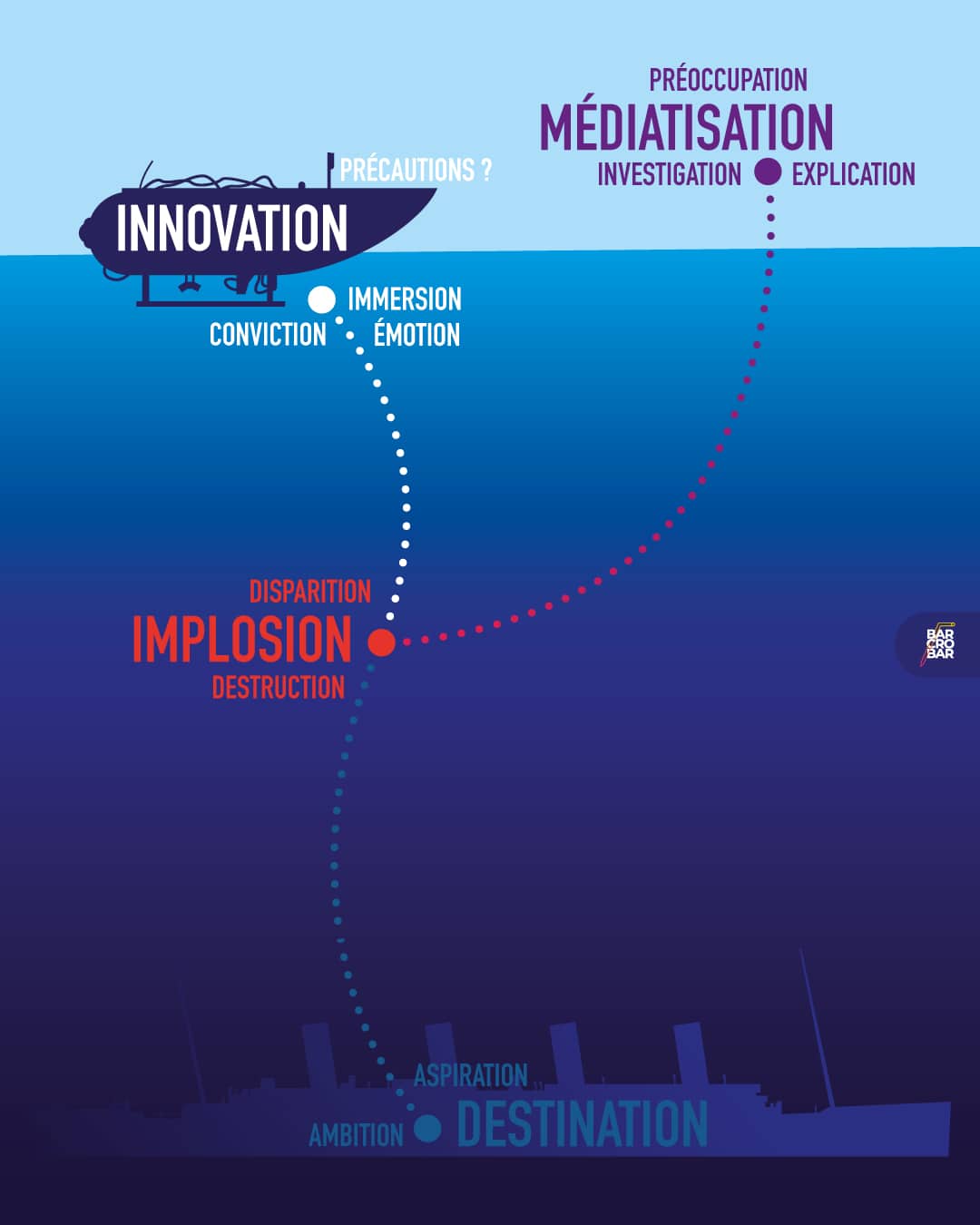L’idylle se poursuit entre Moscou et Pyongyang. Le président russe Vladimir Poutine a accepté de se rendre en Corée du Nord sur invitation de son dirigeant Kim Jong-un, actuellement en déplacement en Russie afin notamment de renforcer leurs liens sur le plan militaire. Pour l’heure, rien n’a toutefois été communiqué officiellement concernant un éventuel accord pour des livraisons de matériel militaire à la Russie afin de soutenir son offensive en Ukraine, comme évoqué par Washington.
A l’issue d’une rencontre mercredi, « Kim Jong-un a invité avec courtoisie Poutine à visiter la RPDC (République populaire démocratique de Corée) quand cela lui conviendra », a rapporté ce jeudi l’agence officielle nord-coréenne KCNA, utilisant le nom officiel de la Corée du Nord. Ce même jour, le numéro un nord-coréen a assuré à Vladimir Poutine que Moscou remporterait une « grande victoire » sur ses ennemis.
Des « perspectives » de coopération militaire
Poutine a de son côté trinqué au « renforcement futur de la coopération » avec Pyongyang, parlant devant la presse de « perspectives » de coopération militaire avec la Corée du Nord malgré les sanctions internationales.
Après l’arrivée mardi du dirigeant nord-coréen en Russie à bord de son train blindé, Kim Jong-un et Vladimir Poutine ont visité des installations du cosmodrome de Vostotchny, en Extrême-Orient, achevé en 2016 et qui doit remplacer à terme la base spatiale historique de Baïkonour. Ils ont ensuite mené des discussions officielles d’environ deux heures avec leurs délégations et en tête-à-tête. Les ministres russes de la Défense Sergueï Choïgou, des Affaires étrangères Sergueï Lavrov, ainsi que celui de l’Industrie Denis Mantourov, participaient aux discussions.
Selon Vladimir Poutine, Kim Jong-un va par ailleurs assister à Vladivostok à une « démonstration » de la marine militaire russe dans le Pacifique. Le dirigeant nord-coréen visitera également en Extrême-Orient des usines d’équipements aéronautiques « civils et militaires », a indiqué le chef de l’Etat russe.
Washington menace de nouvelles sanctions
Les Etats-Unis ont exprimé leur « préoccupation », affirmant que la Russie était intéressée par l’achat de munitions nord-coréennes pour soutenir son invasion de l’Ukraine. « Nous sommes évidemment préoccupés par toute relation de défense naissante entre la Corée du Nord et la Russie », a déclaré le porte-parole du Conseil de sécurité nationale, John Kirby.
A Vostotchny, Vladimir Poutine a pour sa part évoqué la possibilité que la Russie aide Pyongyang à construire des satellites, après que la Corée du Nord a récemment échoué à deux reprises à mettre en orbite un satellite militaire espion. Matthew Miller, porte-parole du Département d’Etat américain, s’est inquiété de toute coopération dans le domaine des satellites, qui serait « en violation de plusieurs résolutions de l’ONU ». Les Etats-Unis « n’hésiteront pas » à imposer des sanctions le cas échéant contre Pyongyang et Moscou, a-t-il averti.
Text by 20 Minutes with AFP










